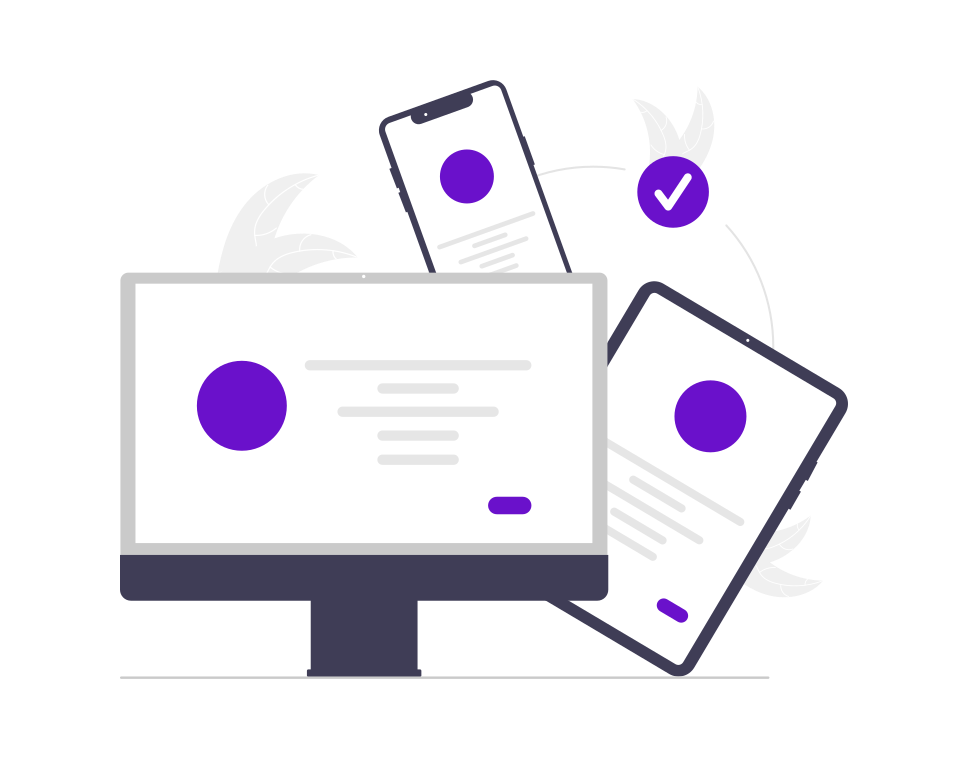In the ever-evolving landscape of digital marketing, technographic segmentation has emerged as a powerful tool for marketers. By understanding the technology stack and software preferences of your target audience, you can craft more personalized and effective marketing strategies. This article will guide you through the process of implementing technographic segmentation in your marketing strategy.
Understanding Technographic Segmentation
Technographic segmentation involves categorizing your audience based on the technologies they use. This segmentation goes beyond traditional demographic and firmographic data, offering deeper insights into the software, tools, and platforms that potential customers rely on. By leveraging this data, marketers can tailor their messages and offerings to align with the technological preferences and needs of their audience.
Steps to Implement Technographic Segmentation
1. Data Collection
The first step in technographic segmentation is gathering relevant data. This can be done through various methods:
- Surveys and Questionnaires: Directly ask your customers about the technologies they use.
- Web Scraping: Use tools to extract information from publicly available sources like LinkedIn, company websites, and job postings.
- Third-Party Data Providers: Partner with companies that specialize in providing technographic data.
2. Data Integration
Once you have collected technographic data, the next step is to integrate it with your existing customer data. This involves:
- CRM Integration: Ensure that your Customer Relationship Management (CRM) system can handle and organize technographic data alongside demographic and firmographic information.
- Data Cleaning: Remove any duplicate or irrelevant entries to maintain a clean and accurate dataset.
3. Segment Creation
With integrated data, you can now create technographic segments. These segments can be based on:
- Technology Type: Group customers by the type of technology they use (e.g., CRM software, marketing automation tools, etc.).
- Technology Usage: Segment based on how intensively they use certain technologies.
- Technology Adoption Stage: Identify whether a customer is an early adopter, mainstream user, or laggard in technology adoption.
4. Personalized Messaging
Tailor your marketing messages to each segment. Personalized messaging should address:
- Pain Points and Solutions: Highlight how your product or service can solve specific problems related to the technologies they use.
- Integration Capabilities: Emphasize how well your offerings integrate with their existing technology stack.
- Value Proposition: Showcase the unique benefits that resonate with their technological preferences.
5. Campaign Execution
Execute marketing campaigns that leverage technographic segments. This includes:
- Email Marketing: Send targeted emails that speak directly to the technological needs and preferences of each segment.
- Content Marketing: Create blog posts, whitepapers, and case studies that address the specific technologies and challenges of your segments.
- Advertising: Use platforms like LinkedIn and Google Ads to target ads based on technographic data.
6. Performance Tracking
Monitor the performance of your technographic segmentation efforts. Key metrics to track include:
- Engagement Rates: Measure how well your audience is responding to your personalized messages.
- Conversion Rates: Track the number of leads or sales generated from each segment.
- Customer Feedback: Gather feedback to understand how well your messaging and offerings align with their needs.
Benefits of Technographic Segmentation
Implementing technographic segmentation offers several advantages:
- Improved Targeting: Reach the right audience with messages that resonate with their technology preferences.
- Enhanced Personalization: Create highly personalized marketing strategies that address specific technological needs and challenges.
- Better ROI: Increase the effectiveness of your campaigns, leading to higher conversion rates and better return on investment.
Challenges and Considerations
While technographic segmentation is powerful, it comes with its own set of challenges:
- Data Accuracy: Ensuring the accuracy and relevance of technographic data can be difficult.
- Integration Complexity: Integrating technographic data with existing systems may require technical expertise.
- Privacy Concerns: Be mindful of privacy regulations and ensure that your data collection methods comply with legal standards.
Conclusion
Technographic segmentation is a valuable addition to your marketing toolkit. By understanding and leveraging the technology preferences of your audience, you can create more targeted, personalized, and effective marketing campaigns. Follow the steps outlined in this guide to implement technographic segmentation in your marketing strategy and unlock new levels of engagement and conversion.


